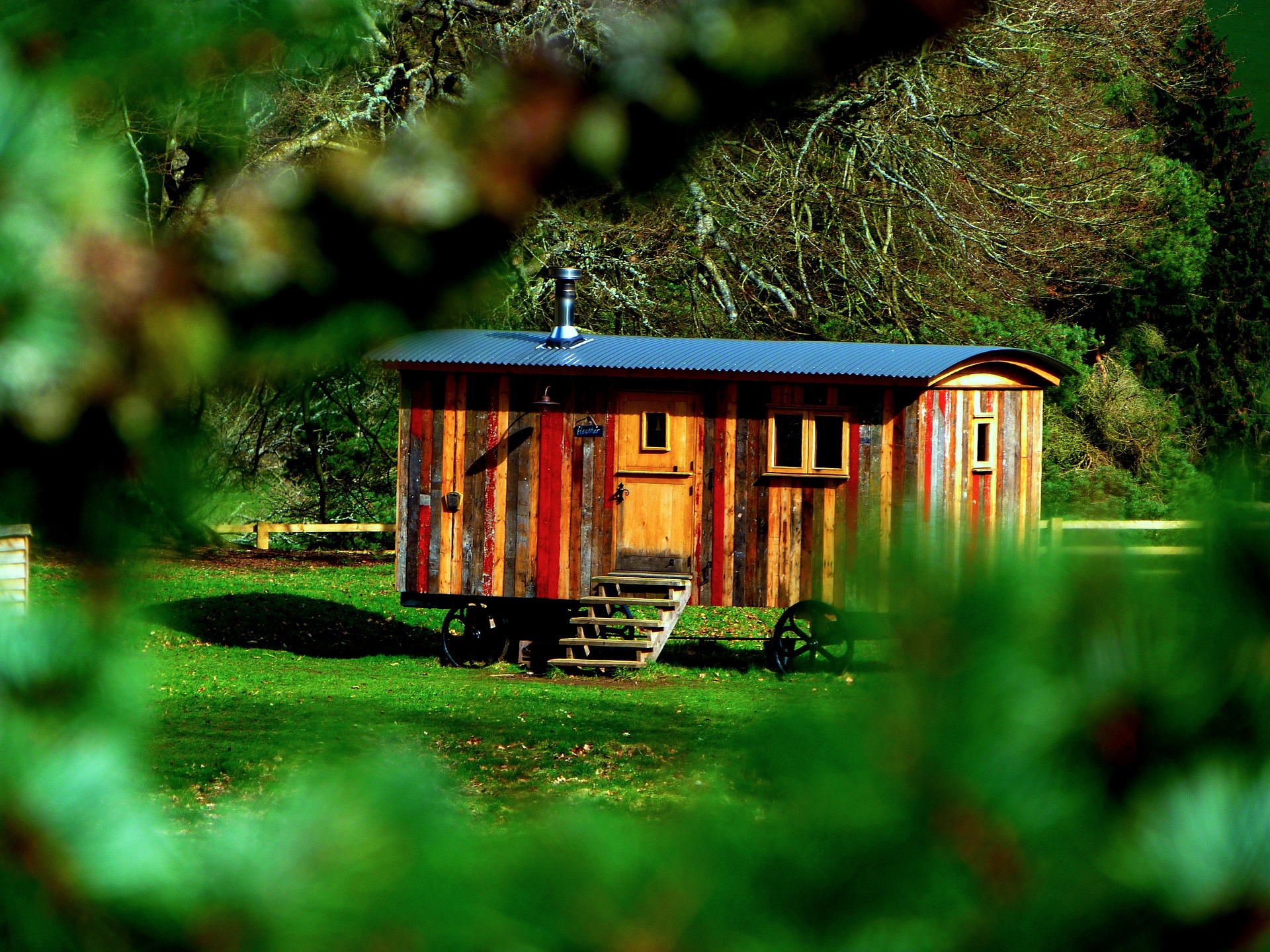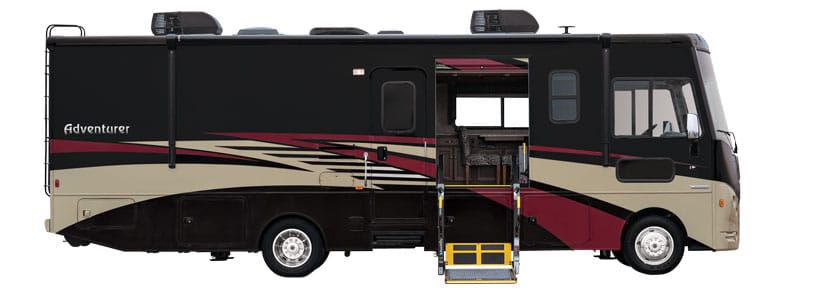Photo: Pixabay
By Jason Epperson
In a newly finalized rule, the U.S. Department of Housing and Urban Development (HUD) has redefined the RV exemption from manufactured housing standards, clearing up a regulatory uncertainty that has plagued RV manufacturers, dealers and campgrounds for decades. But the new ruling will also pressure tiny home builders to meet federal standards and acquire certification for their trailers — or alternatively meet the challenging HUD manufactured home standards.
A clearer definition of an RV
After a push from the RV Industry Association, the RV Dealers Association and the National Association of RV Parks and Campgrounds, HUD has essentially expanded the definition of a recreational vehicle and modified it to require certification with a recognized standard. RVs are considered vehicles built on a single chassis, 400 square feet or less when measured at their largest horizontal projections, self-propelled or permanently towable by a light duty truck, and designed primarily not for use as a permanent dwelling but as temporary living quarters for recreational, camping, travel, or seasonal use. In order to be exempt, vehicles must meet the requirements of the NFPA 1192-15 standard for RVs or the ANSI A119.5-15 standard for park models.
Park Models to get “recreational use only” labeling
The rule also contains an additional requirement that park model RVs contain a consumer-facing notice stating the manufacturer certifies that the structure is a recreational vehicle designed only for recreational use. In many cases the business license for RV parks and campgrounds only allow them to accommodate RVs, not manufactured homes, so under the proposed rule they will be able to accommodate any unit that is certified to an RV standard without running afoul of local regulations.
Challenges for Tiny Home Builders
HUD has removed the term “factory built” in response to public comment from the RV exemption, which is a win for tiny home builders, but the requirements that vehicles falling under the RV exemption be “primarily not for use as a permanent dwelling” could be a challenge, as most tiny homes are advertised and manufactured with full-time living in mind. That said, tiny home manufactures can circumvent those requirements by selling their units as RVs, as many often do. The purchaser is free to use the trailer as they see fit. Tiny homes sold for full-time use, over 400 square feet, or not on a trailer will have to follow the manufactured home standard, which is a very thorough housing code that most tiny homes built today do not meet.
More importantly, even though HUD’s definition of an RV has expanded a bit in some ways, it never included the requirement of meeting a national standard before. The implication is now clear that all tiny homes must meet one of three standards. Either they will need to follow the ANSI or NFPA codes (and they’ll need to be inspected and certified as to their compliance), or the manufactured home standard. Tiny homes that rest on a skid or foundation — or are over 400 square feet — now fall squarely under the HUD manufactured housing standards.
HUD prohibits the sale and lease of homes that do not meet federal standards, and tiny home builders are now entering a new era of compliance, but at least the rules are a bit clearer. Self-built tiny homes theoretically can be built without following any standard, but the future sale of the home may be illegal. Motorized vehicles are completely exempt from HUD jurisdiction, so bus, truck, and van conversions are not effected by this ruling.








